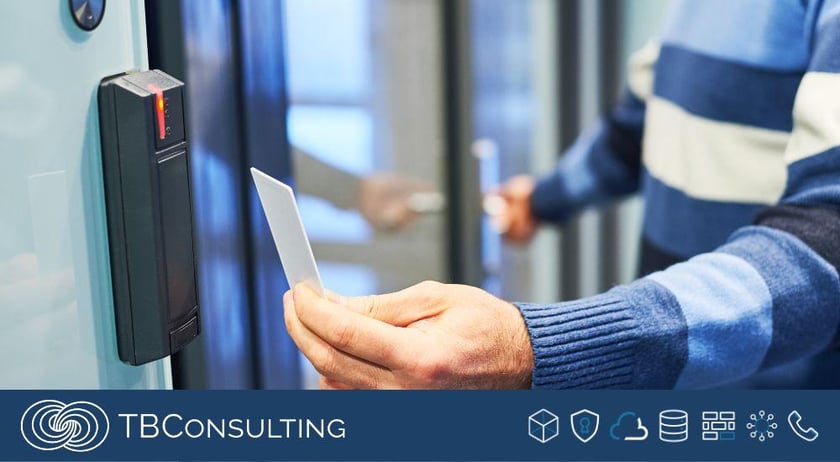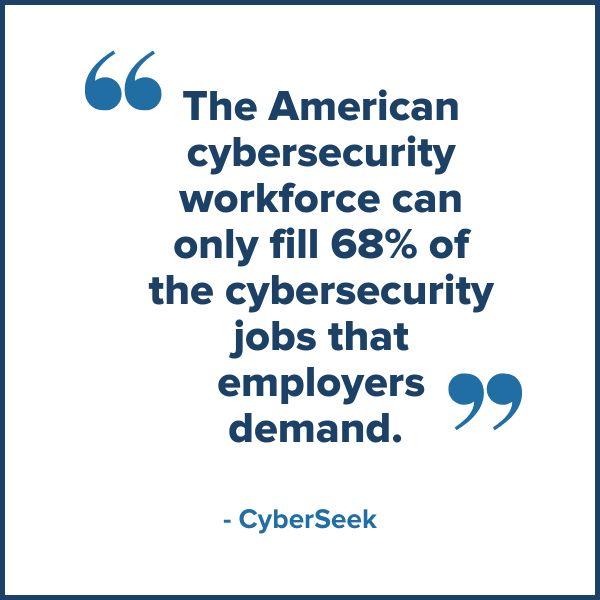
Is your desk littered with multi-colored Post-it Notes where random passwords are jotted down and immediately lost in a growing pile of important reminders? Does resetting your password every 90 days make you want to scream into a pillow? If you are repeatedly embarrassed by your (what’s the opposite of elephant?) memory skills and must ask your IT department to reset your password, yet again—this article is for you.
What’s Better Than MFA?
While you may consider yourself a trusted user, your organization treats you like a stranger every time you log into their network. They are trying to protect their business from unauthorized access—but instead, many processes implemented to promote security result in decreased productivity and annoyed end-users. Employees are human, and it is our nature to balk at seemingly excessive access restrictions. Frustrated employees find workarounds to get their job done, little cheats like sharing credentials and logging into borrowed accounts, all in the noble pursuit of getting work done faster. But that puts the business at tremendous risk.
Multi-factor authentication (MFA), once the standard for identity protection, is no longer the secure verification tool it once was. Even LastPass, a password management company, was breached in August 2022 by a hacker who impersonated a developer to authenticate MFA to get into their dev environment. While no customer data was stolen, the breach highlights that MFA alone is no longer enough to combat human error. CISA now recommends “phishing-resistant” and “numbers matching” MFA. Iterations of MFA and other user verification tools are part of a larger risk management strategy called Identity & Access Management (IAM).
Password management and identity protection are big businesses. Must-have identity verification tools and processes like single sign-on (SSO), MFA, and password managers with encrypted password vaults may help protect your identity, but they are not invulnerable. Hackers are clever, their skills constantly evolving, and the tools you invested in yesterday may fail to give you the value you deserve today.
How can any organization stay safe? By applying consistent access and asset security across all threat vectors.
Layered Security
You can't separate digital identity verification from an organization's security posture because every vulnerability can impact the business. Instead of treating identity verification with stand-alone tools, layer IAM between the many elements of a comprehensive, whole-business risk management solution. Identity authentication and cyber defense is about trust and security. But in this context, 'trust' is a risk management concept; it is not the implicit trust you have with friends and family. Terms like Zero Trust Architecture and Trust but Verify are principles that guide IT infrastructure security and build cyber resilience. By investing in an IT architecture that allows continuous assessment and improvements to secure digital identity, access, endpoints, data, applications, and cloud migrations, you gain visibility into your environment, making security more manageable.
Security is more than a tool or a solution; it is an ever-morphing, flexible, and needs-based strategy. As new threats emerge, new processes and technologies are needed to respond appropriately. Do your current security tools demonstrate value? Are they 'worth' the hassle of extra time certifying identity credentials? If you have already invested in feature-heavy tools but have yet to realize the value promised, it may become expensive shelfware.
Balance Security with Efficiency
Where are you going to invest for tighter security? More resources in the SOC? Outsource to an IT solutions provider? Upskill your teams? Buy even more tools? More tools without integrating those tools into your existing systems may increase your vulnerabilities. It’s time to have an honest discussion with your teams about how you want to approach cybersecurity and understand your risk profile.

|
Wrapping your IT environment with security solutions can reduce exposure, segment your network to isolate any malicious threats, manage asset lifecycles, verify digital identities, backup your data, encrypt communications, and protect server reliability. If you aren’t sure of your current security posture or if your IT resources are struggling to fulfill the organization’s security obligations, seek help. Experienced in-house IT staff is hard to find and even harder to retain. A managed security services provider (MSSP) can support your IT team and silence the noise to protect your organization from serious damage to your operations.
Integrate the five pillars of cybersecurity (Identify, Detect, Protect, Respond, Recover) across your organization. Define your risk profile. Understand how security is layered throughout the entire organization. Regardless of your industry, creating a cybersecurity culture is everyone’s responsibility—from executives and employees to vendors and suppliers.
Just Take Care of IT for Me
If IT is core to your operations but not the focus of your business, TBC can help to standardize your processes and automate your toolset to cut through the noise of your current inefficiencies. As a cyber managed services and IT solutions provider headquartered in Phoenix, Arizona, TBC has the resources, expertise, vendor partnerships, and 26 years of experience managing IT environments to confidently maintain and secure your infrastructure.
TBC offers a Security & Infrastructure Posture Assessment (SIPA) for organizations to uncover 'pain points' and assess the reliability and security of their IT infrastructure. We understand that your security landscape has expanded to the cloud, your endpoints have multiplied, and undetected vulnerabilities are putting your organization at risk.
While valuable, single tools like Identity and Access Management are not enough to protect the organization. The SIPA can give you the insight you need to make the right IT decisions and protect your business outcomes.
.png)


